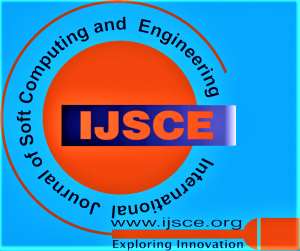![]()
Bidirectional English to Wolaytta Machine Translation Using Hybrid Approach
Elisaye Bekele Milke1, Tibebe Beshah Tesema2, Mesfin Leranso Betalo3
1Elisaye Bekele Milke, Department of Information Technology, Wolaita Sodo University, Ethiopia.
2Tibebe Beshah Tesema, Department of Information System, Addis Ababa University, Ethiopia.
3Mesfin Leranso Betalo, Department of Information Technology, Shenzen University, China.
Manuscript received on 12 December 2024 | First Revised Manuscript received on 21 December 2024 | Second Revised Manuscript received on 16 March 2025 | Manuscript Accepted on 15 May 2025 | Manuscript published on 30 May 2025 | PP: 1-10 | Volume-15 Issue-2, May 2025 | Retrieval Number: 100.1/ijsce.B102814020125 | DOI: 10.35940/ijsce.B1028.15020525
Open Access | Editorial and Publishing Policies | Cite | Zenodo | OJS | Indexing and Abstracting
© The Authors. Blue Eyes Intelligence Engineering and Sciences Publication (BEIESP). This is an open access article under the CC-BY-NC-ND license (http://creativecommons.org/licenses/by-nc-nd/4.0/)
Abstract: As a part of natural language processing (NLP), machine translation focuses on automated techniques to produce target language text from the source language text. In this study, we combined two approaches: the rule-based MT approach and the statistical MT approach. Sentence reordering, Language model, Translation models, and decoding comprise the system. POS tagging was used to reorder the sentence more comparably. The IRSTLM tool was used to create language models for English, and the Wolaytta and Giza++ tools were used for translation. To ensure mutual translation, two language models have been developed. Four phases of experiments are carried out on the collected dataset. Phases of experimentation include preprocessing on the parallel corpus, language modelling, training the translation model, and tuning the translation system. For both side translations, the BLEU score assessed the translation accuracy from Wolaytta to English as 46.31 % and from English to Wolaytta as 56.56%.
Keywords: Natural Language Processing, English-Wolaytta Machine Translation, Machine Translation, bidirectional Machine Translation, Hybrid Approach, Statistical Approach, Rule-Based Approach, Parallel Corpus.
Scope of the Article: Artificial Intelligence
